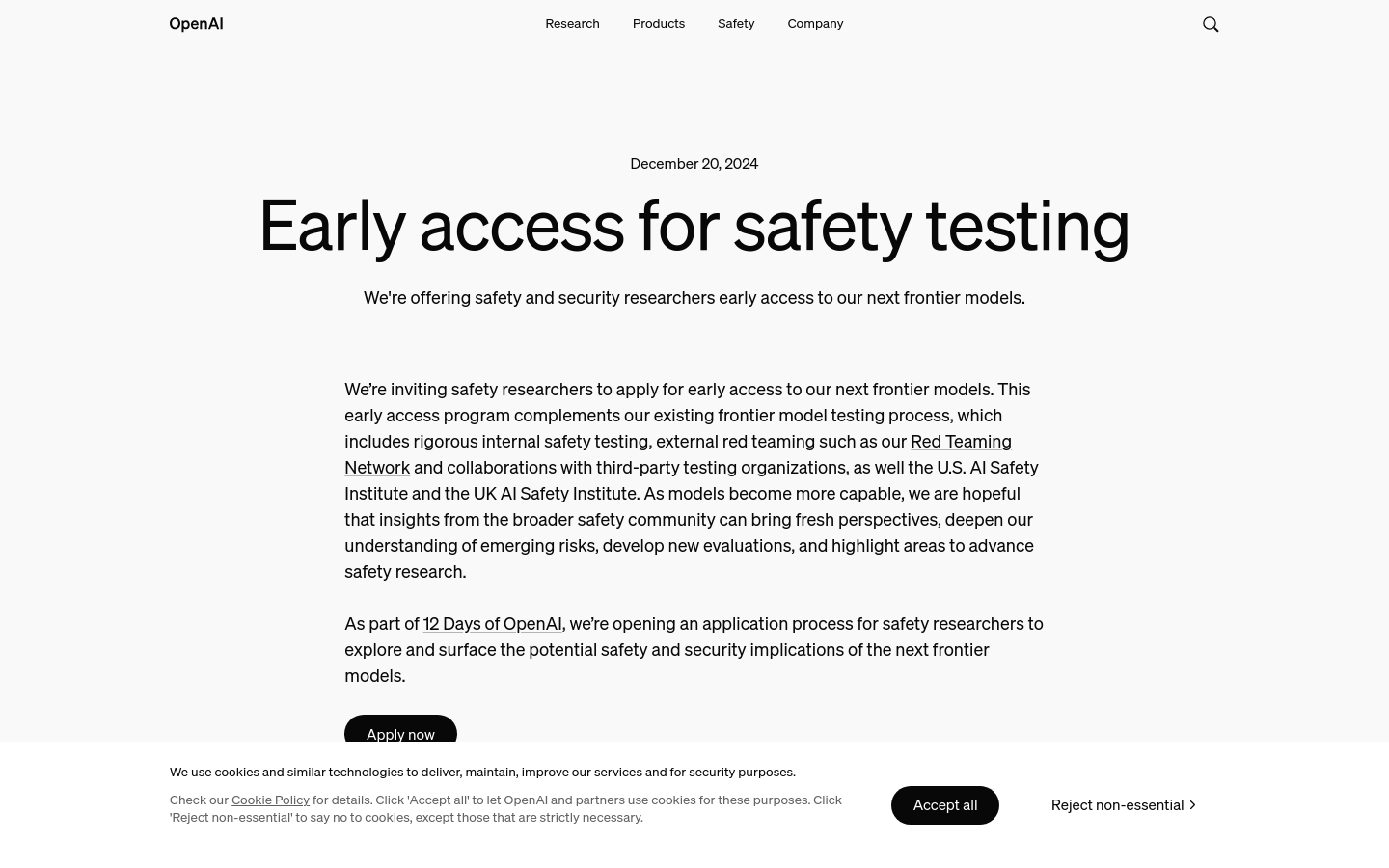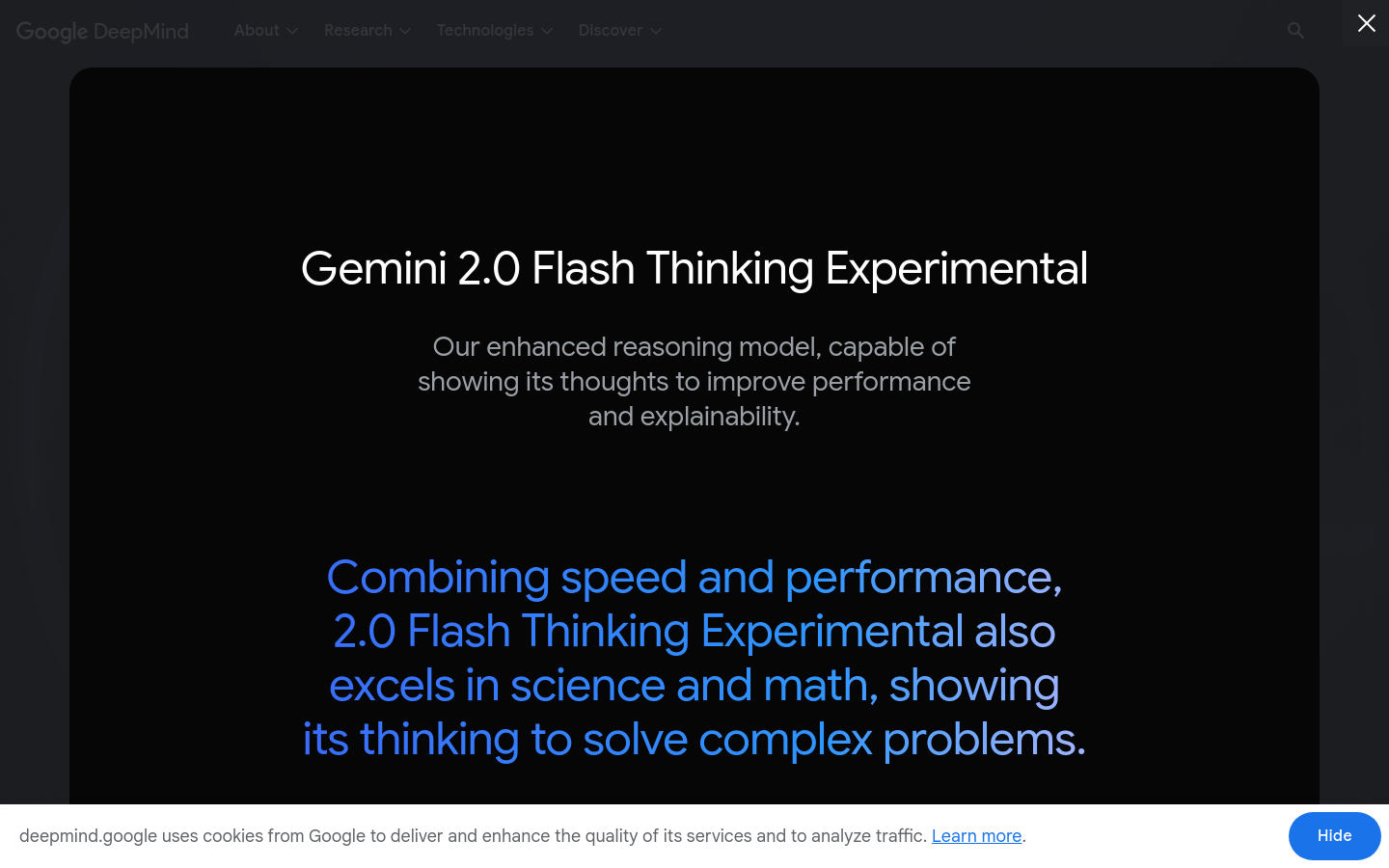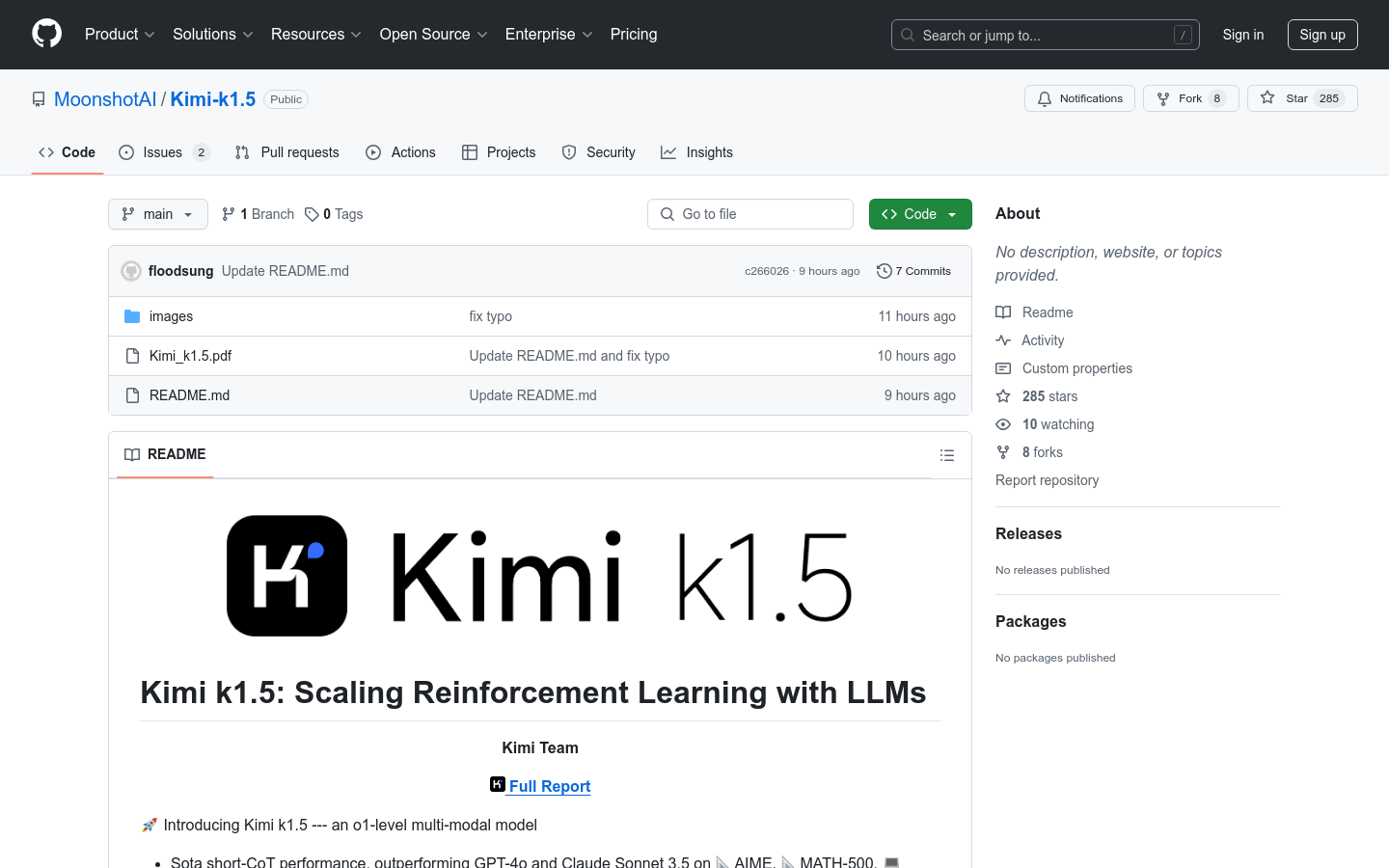In recent years, the development of artificial intelligence reasoning models has been rapid, and its breakthroughs in the fields of mathematics, programming, scientific computing and other fields are eye-catching. This article will focus on five leading AI inference models - OpenAI o3, OpenAI o1, Gemini 2.0 Flash Thinking Experimental, DeepSeek-R1 and Kimi k1.5, and deeply explore their core functions, usage methods and performance in different application scenarios. , and conduct a comparative analysis of its performance to demonstrate the powerful capabilities and future development potential of the AI inference model.
Introduction to AI inference model OpenAI o3
The OpenAI o3 model is a new generation of inference model after o1, including o3 and o3-mini versions. Under certain conditions, o3 is close to the level of general artificial intelligence (AGI), scoring as high as 87.5% on the ARC-AGI benchmark, far exceeding the human average.
Main features: Top mathematical reasoning ability: Achieved 96.7% accuracy in the US AIME mathematics competition Excellent programming performance: Obtained 2727 in CodeForces ELO Score Scientific Problem Solving Ability: Achieved 87.7% accuracy on the GPQA Science Benchmark Test Transparent Reasoning Path: Provides clear thinking processes and logical steps Steps to use: Register and visit the OpenAI official website to apply for preview permissions for the o3-mini model According to Official documentation Learn about basic operations and features Use models under the supervision of security researchers Leverage multi-modal support Handle mixed inputs Adjust model think time to optimize performance Observe inference paths to enhance decision confidence OpenAI o1
OpenAI o1 is a family of newly developed AI models that think longer to solve complex problems in fields such as science, coding and mathematics. Excellent performance in the International Mathematical Olympiad qualifying competition.
Key Features: Performed at par with PhD students on challenging tasks in physics, chemistry and biology Solved 83% of the problems correctly in the International Mathematical Olympiad qualifying competition Achieved an 89% ranking in the Codeforces competition Used new safety training methods, Steps to improve model compliance: Register and log in to a ChatGPT Plus or Team account. Select o1 in ChatGPT. Select the o1-preview or o1-mini version of the model as needed. Enter specific tasks for inference and answers. Evaluate the output results and adjust Gemini appropriately. 2.0 Flash Thinking Experimental
Gemini Flash Thinking is the latest AI model launched by Google DeepMind. It is designed for complex tasks and can display the reasoning process and support long text analysis and code execution.
Main functions: Demonstrate the reasoning process and improve model interpretability. Support 1 million words of long text context window. Excellent performance in mathematics and science benchmarks. Support code execution and multi-modal input. Steps: Visit Google AI Studio and register an account. Select a model and obtain the API. Key integrates the model in the development environment to set parameters and provide input data to analyze the inference process and optimize the task DeepSeek-R1
DeepSeek-R1 is an inference model trained through large-scale reinforcement learning. It can demonstrate powerful capabilities without supervised fine-tuning and supports open source and commercial use.
Main functions: Support multi-language and complex reasoning tasks to achieve unsupervised capability improvement through reinforcement learning Provide distillation models of various scales Support commercial use and secondary development Usage steps: Visit GitHub to download model weights and code Select the appropriate model version Use open source tools Start service configuration parameters to optimize reasoning effects and integrate them into applications or projects Kimi k1.5
Kimi k1.5 is a multi-modal language model developed by MoonshotAI. It surpasses GPT-4o and Claude Sonnet 3.5 in multiple benchmark tests and is particularly suitable for complex reasoning tasks.
Main functions: Support long context extended reasoning Multi-modal data training and inference Optimize performance through reinforcement learning Support real-time code generation Usage steps: Visit Kimi OpenPlatform to apply for a test account Use the API key to initialize the client build request and specify the model version Set parameters and call Interface processing return result usage scenariosThese AI reasoning models are mainly targeted at the following scenarios: - Scientific research: Help researchers solve complex mathematical and scientific problems - Software development: Provide code generation and programming assistance - Education field: Assist teaching and learning, provide detailed problem-solving ideas - Business Application: Support data analysis and decision-making optimization - Innovation R&D: Promote the application innovation of AI technology in various fields
Comparison of functions and features of AI inference modelsMathematical ability: - o3: 96.7% (AIME) - o1: 83% (IMO) - Gemini 2.0: Excellent performance - DeepSeek-R1: Equivalent to o1 - Kimi k1.5: Beyond GPT-4o level
Programming ability: - o3: 2727 (Codeforces) - o1: 89% ranking - Other models provide code generation support
Featured functions: - o3: Private thinking chain - Gemini 2.0: 1 million words of context - DeepSeek-R1: Open source and commercially available - Kimi k1.5: Long chain reasoning conversion
SummarizeThe new generation of AI reasoning models has shown amazing progress, especially reaching or surpassing the level of human experts in areas such as mathematical reasoning, code generation, and scientific computing. These models not only provide powerful computing power, but also improve interpretability through clear reasoning processes, opening a new chapter in the development of AI technology. As model capabilities continue to improve and application scenarios expand, we can expect them to bring more innovations and breakthroughs to various fields in the future.
All in all, these advanced AI inference models are reshaping all walks of life, and their powerful capabilities and broad application prospects are worth looking forward to. In the future, with the continuous development of technology, AI reasoning models will surely play a greater role and contribute to the progress of human society.